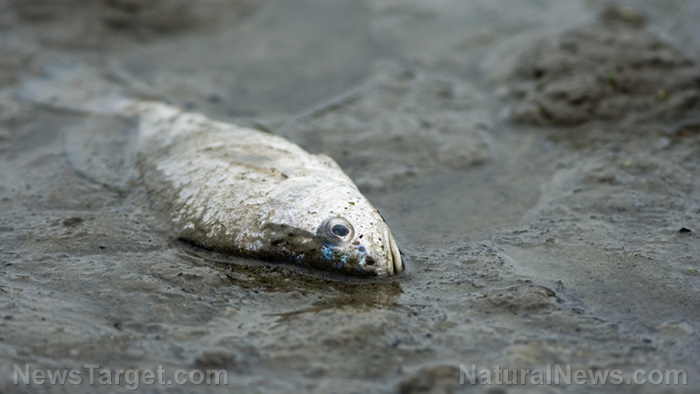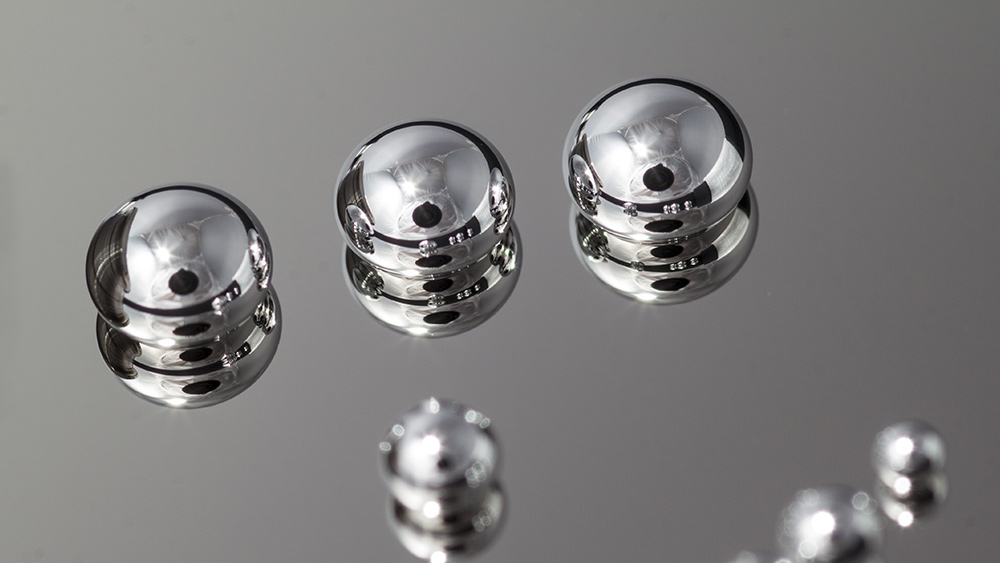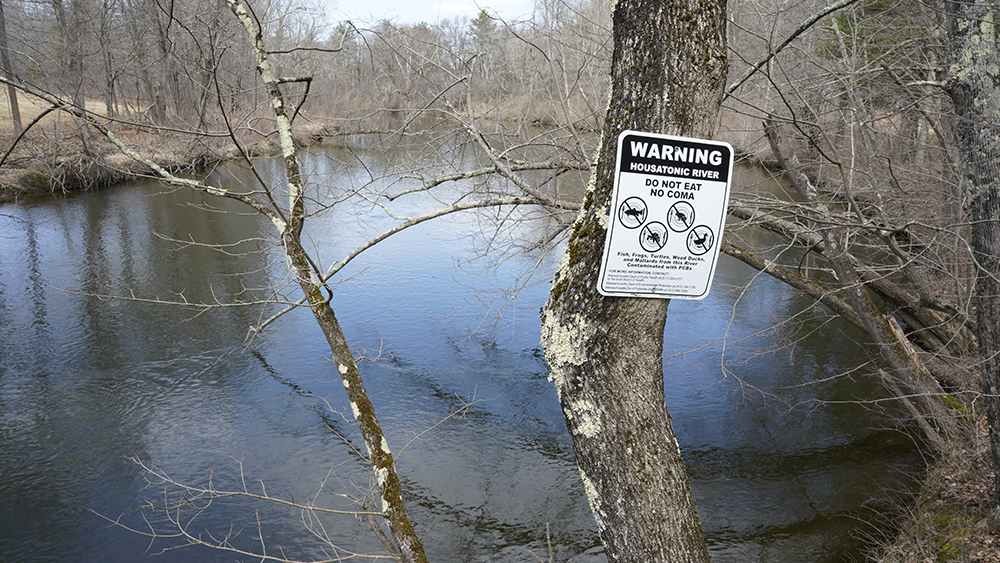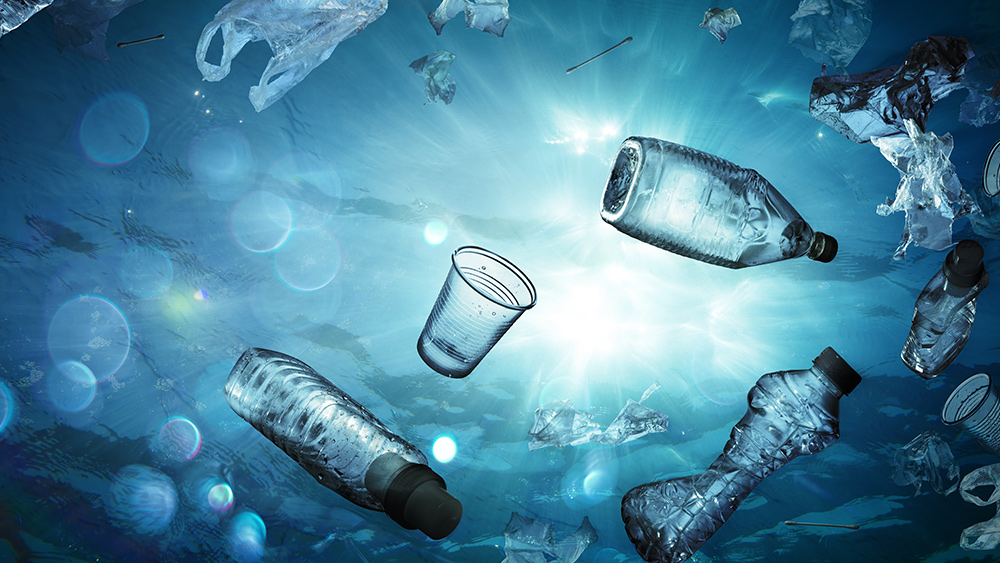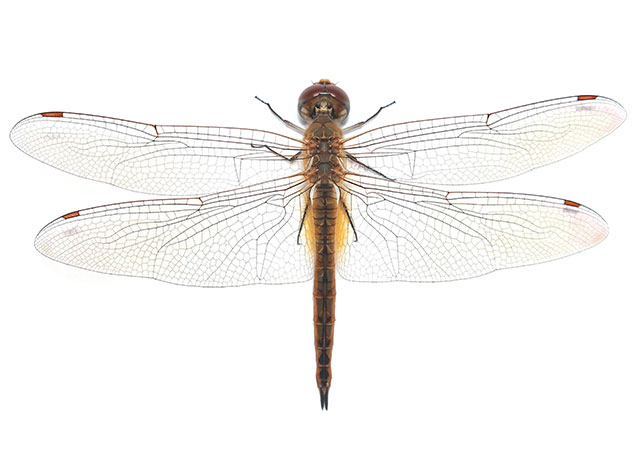Heavy rains in Australia force deadly spiders to hide in swimming pools
04/04/2023 / By Zoey Sky
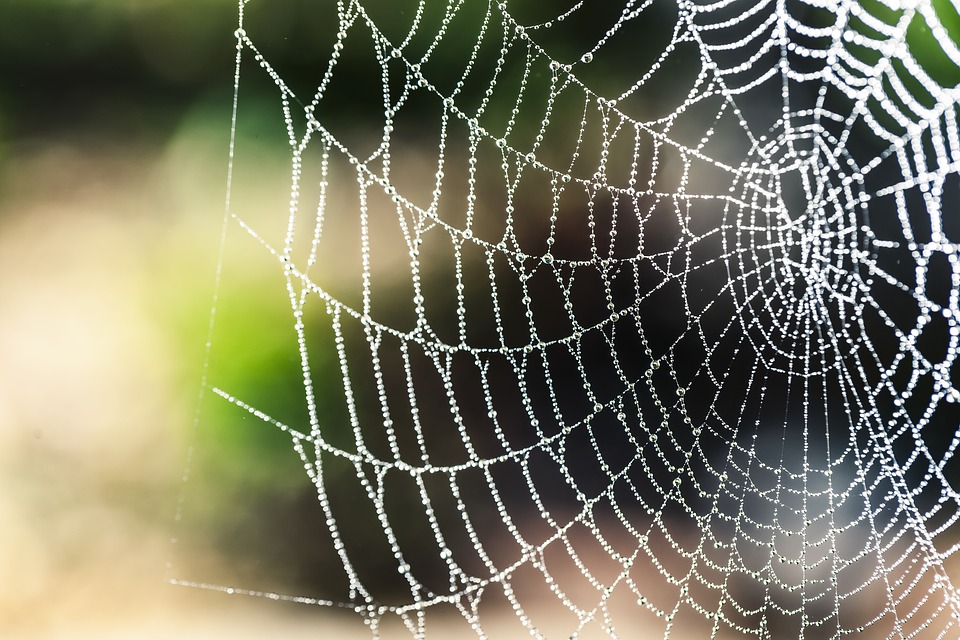
Venomous spiders that can survive underwater for over 24 hours are ending up in swimming pools all over Australia after parts of the country experienced heavy rain and floods late in March.
The tiny trespassers include funnel-web spiders. These spiders belong to the Araneida family, with at least 40 known species.
The Sydney funnel-web spider (Atrax robustus) is one of the deadliest spider species, with the male spiders being responsible for most casualties. Male Sydney funnel-web spiders have more potent venom to protect themselves while searching for females to mate with.
To date, no deaths have been recorded since antivenom became available in the 1980s. However, if left untreated, a funnel-web spider bite can kill a child within 15 minutes.
Parts of New South Wales (NSW) have experienced heavy rain and thunderstorms since late March, with a severe weather warning still in place for northern parts of NSW.
Sam Herrmann, a reptile keeper from Australian Reptile Park, told 9news that the rain has set funnel-web spiders “on the move.” (Related: Natural healing: Treating spider bites in a post-SHTF world.)
Herrmann explained that funnel-web spiders often seek shelter in places like the lip at the side of the pool where they can hide and stay dry. But sometimes, the spiders can accidentally fall into the pool.
Dan Smith, from the southern Sydney suburb Engadine, found a deadly funnel-web spider in his pool in the same spot where he had spotted a trapdoor spider several days earlier.
Smith added that the spider he found was “very active, very fiery.”
Vasilios Basil Haddad from Sydney also spotted a “nasty” male funnel-web spider in his empty pool.
Along the northern New South Wales coast, resident Lynda Smith found four eastern mouse spiders (Missulena bradleyi) in her pool.
Eastern mouse spiders look similar to funnel-web spiders, with bulbous heads, powerful jaws and a venom similar in potency to the latter.
She also posted a warning about the presence of spiders on Facebook, saying that homeowners should always check their pools “before jumping in especially after rain.” She added that eastern mouse spiders are deadly and should be handled carefully.
According to Helen Smith, the arachnology collection manager at the Australian Museum, both funnel-web and mouse spiders can survive underwater by trapping an air bubble to the hairs on their underside.
Spiders breathe differently than humans do, so they can survive much longer underwater. Most spiders have a dual respiratory system that is made up of a trachea and a book lung, an organ that is made up of a series of plates stacked up to allow for the diffusion of oxygen.
The trachea carries oxygen to the tissues, and book lungs oxygenate hemolymph, or the spider equivalent of blood in vertebras.
Smith warned that spiders can also bite underwater, but only if they can grip onto something, so it’s best not to poke them.
According to Dan Smith, he captured the funnel-web spider in his pool and contacted expert Scott Johnson. The latter offered to take it to the Australian Reptile Park, which had the necessary facilities to milk the spider to make antivenom.
Herrmann advised that if people find spiders in their swimming pools, they should very carefully scoop them out using a net. If you get bitten by a spider, Herrmann warned that you must seek medical attention immediately.
First aid for funnel-web spider bites
While there is an effective antivenom for spider bites, proper and immediate first aid is still essential for funnel-web spider and mouse spider envenomation.
If someone you know gets bitten by a spider, you must apply pressure/immobilization. Do this as quickly as possible.
The pressure/immobilization technique will help compress surface tissues and reduce muscle movement, which can help delay the lymphatic flow.
Spider bites usually take place on a limb. Apply a pressure bandage as soon as possible after a spider bite.
Apply the bandage as tightly as you would for a sprained ankle, starting from the bitten area and binding the entire limb above the spider bite. Bind a rigid splint to the bitten limb to prevent any movement.
Keep the patient as calm and still as possible and seek emergency medical attention immediately. If possible, keep the spider in a sealed container for positive identification.
Check the list below to learn how to identify funnel-web spiders:
- They have a shiny carapace.
- The spiders have a deeply curved groove (fovea).
- They have closely grouped eyes.
- They don’t have an obvious body pattern.
- Funnel-web spiders have four spinnerets, the largest with the last segment longer than it is wide.
- The lower lip (labium) of the spider is studded with short, blunt spines.
- Funnel-web spiders have a modified male second leg, usually with a mating spur or grouped spines.
Visit Ecology.news for more stories like this.
Watch the video below to know more about other deadly spiders.
This video is from the When Animals Attack channel on Brighteon.com.
More related stories:
Survival first aid: How to treat spider bites.
The Lovecraftian giant sea spider grows holes in its legs… to help it breathe?
Spider web in Missouri forest big enough to “catch” people.
Sources include:
Submit a correction >>
Tagged Under:
Araneida, Atrax robustus, Australia, Climate, eastern mouse spiders, Ecology, emergency medicine, environment, first aid, funnel-web spider, heavy rains, insects, Missulena bradleyi, spider bite, venomous spiders, weather terrorism, weird science
This article may contain statements that reflect the opinion of the author
RECENT NEWS & ARTICLES
COPYRIGHT © 2017 ECOLOGY NEWS

